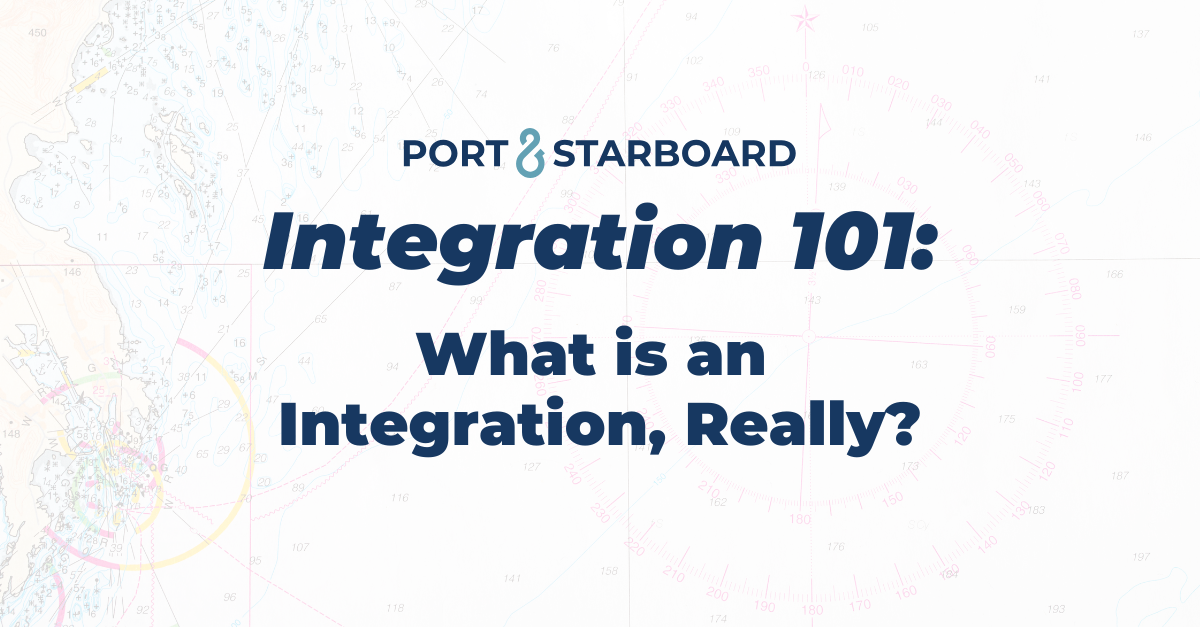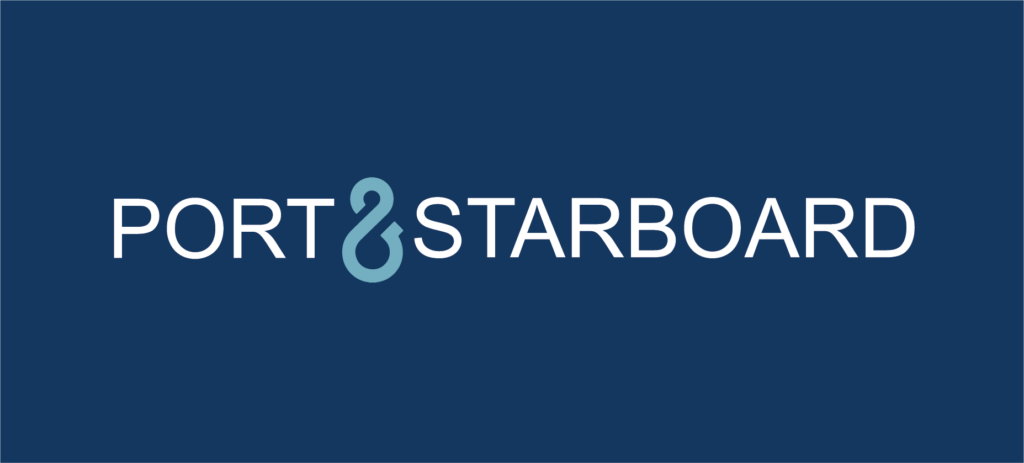When most people hear the word integration, they think of syncing data between two systems. “We want Salesforce and our back-end system to talk to each other.” Simple, right?
Not quite.
At Port & Starboard, we’ve led enough integration projects to know: The hardest part of integration isn’t the data. It’s the expectation.
What Integration Isn’t:
- Copying all your data from one system into another
- Making two platforms behave the exact same way
- Connecting APIs and hoping everything magically works
What Integration Is:
Creating a reliable, strategic connection between systems — so people can do their jobs without switching tabs, questioning the data, or duplicating effort.
Integrations are about workflow, trust, and clarity. They’re business-critical, not just technical. When done right, an integration allows your teams to:
- See the right data in the right place
- Take action where it makes the most sense
- Avoid manual re-entry, version control chaos, and confusion about what’s “right”
A good integration approach answers:
- What information needs to move between systems?
- Why does it matter?
- When should it move — and how often?
Who owns the data and processes in each system? - How should errors or conflicts be handled?
These aren’t technical questions — they’re business questions. And if they’re not answered up front, you’ll end up with a tangled mess of automations, untrusted data, and frustrated users.
Example:
You don’t need your CRM to be a perfect replica of your back end system. You just need your sales team to see key client details, know which policies are active, and understand which renewal dates matter. That’s it.
If you focus on that — instead of syncing 300 fields just because you can — your integration will be easier to maintain, faster to build, and infinitely more valuable.
Final Thought
Integration isn’t just about connecting systems. It’s about enabling people to work better and faster using the best tools for their jobs, and with more confidence and a lot less noise from clunky back-end or legacy systems. Get that part right, and the technical side becomes a lot easier to solve.

